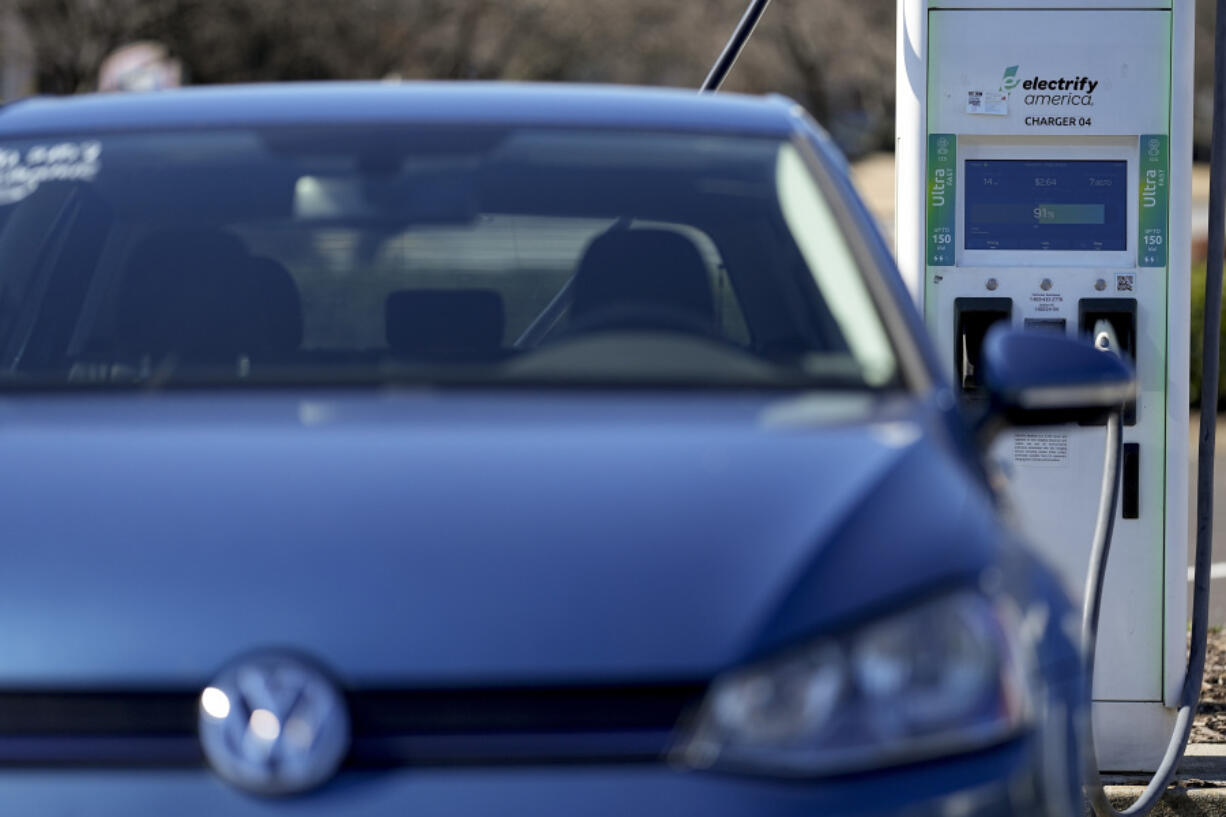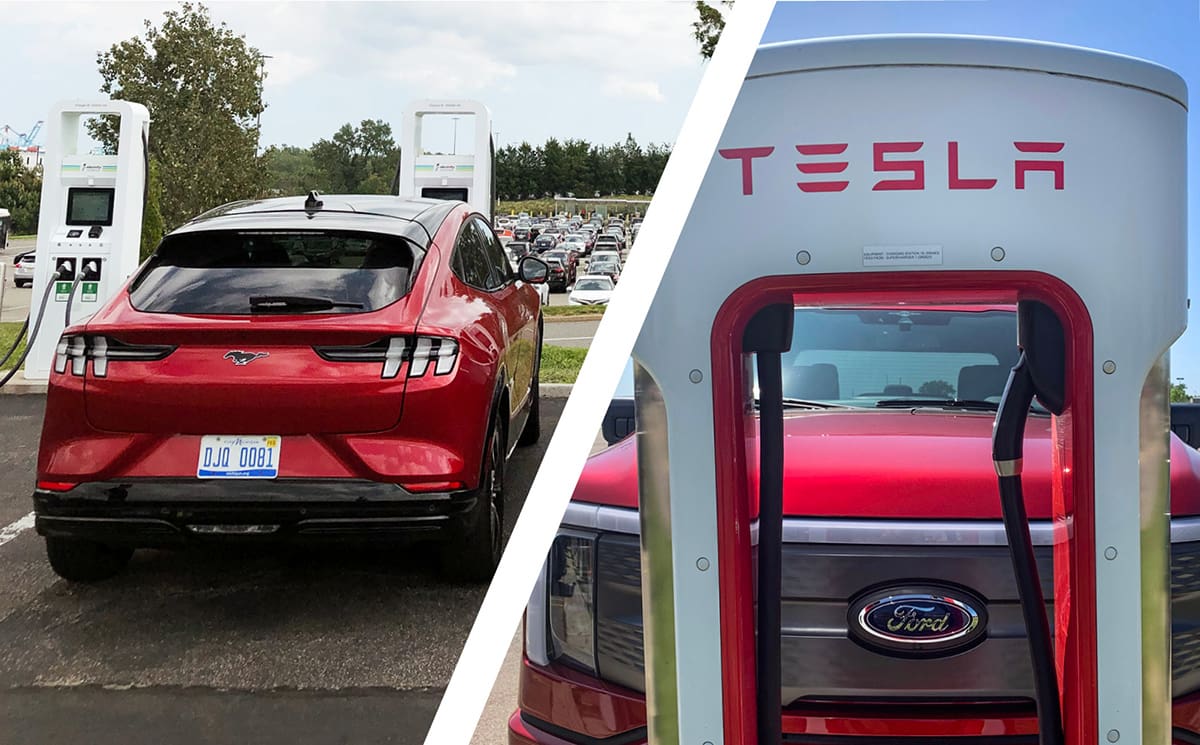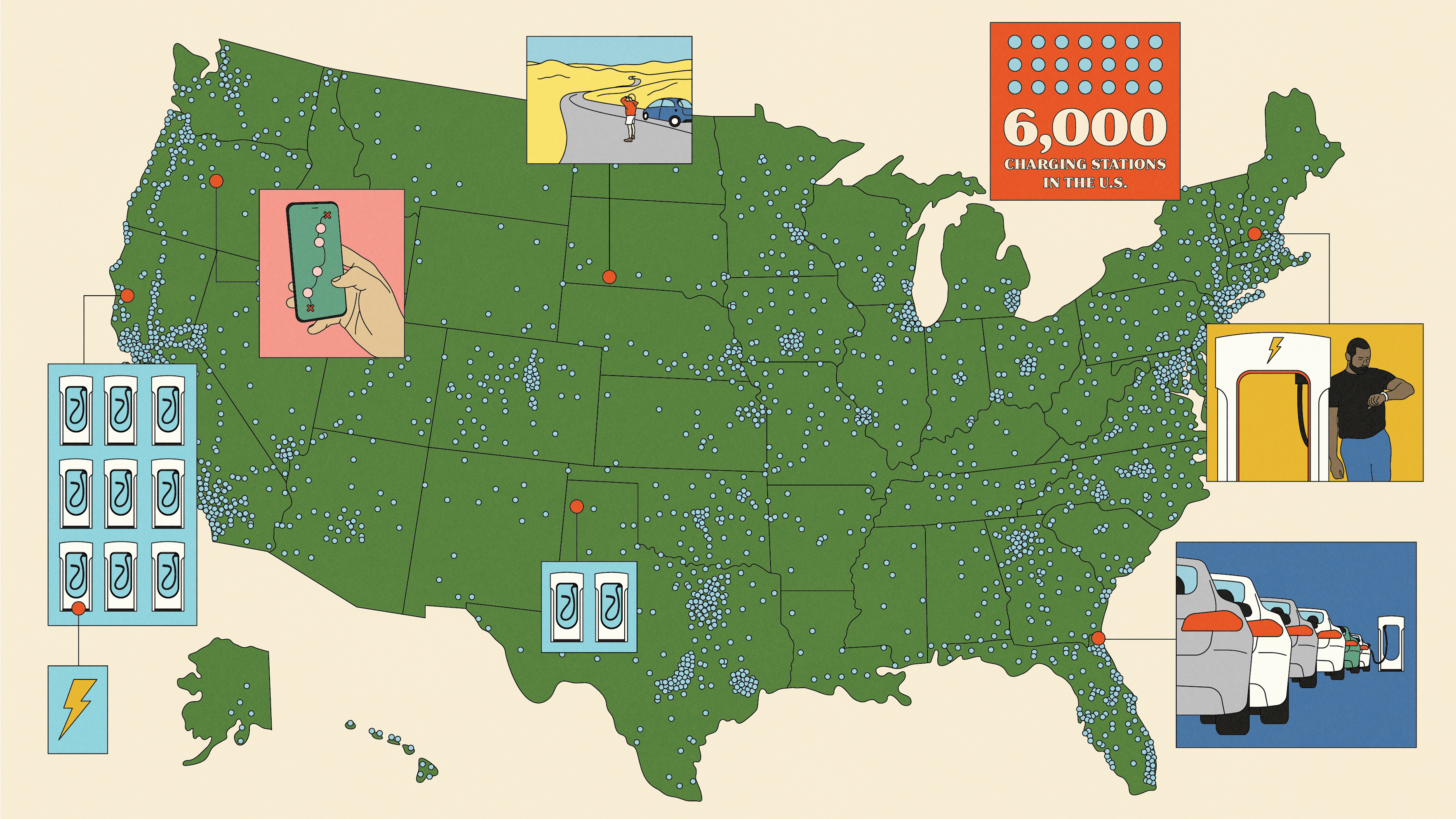As of 2023, the United States has over 113,000 electric car charging stations. This reflects significant growth to support the rising number of electric vehicles (EVs) on the road.
The push towards a greener future drives the continuous expansion of the EV infrastructure, making electric cars more accessible and convenient for American drivers. With various government initiatives and private investments, the network of charging stations includes fast chargers and Level 2 stations.
These stations are strategically located in urban centers, along major highways, and in numerous public locations, aiming to reduce range anxiety for EV owners. The availability of these charging options plays a crucial role in the adoption of electric vehicles,
as it directly addresses one of the most common concerns potential buyers have: the ease of recharging their vehicles. As the electric vehicle market evolves, the infrastructure for charging is expected to keep pace, promising a cleaner and more efficient mode of transportation across the country.
The Rise Of Electric Vehicles
The electric vehicle (EV) market is growing fast. Charging stations are popping up all over to meet this need. Incentives and policies give boosts to EV use. These help people choose clean energy over gas.
- Government incentives make EVs more affordable.
- Tax credits and rebates lower the cost for buyers.
- New laws push for more EV infrastructure.
People are getting behind the wheel of electric cars more than ever. This push gives our planet a break from fossil fuels. With each new charging station, the future gets brighter.

Credit: www.columbian.com
Infrastructure To Support The Ev Boom
The growth of electric vehicles (EVs) demands more charging stations. The availability and convenience of charging points remain critical. A gap exists between public and private EV charging infrastructure. Private charging stations are mostly installed at home. These are for personal use. Yet, many homes lack this setup. Public charging stations, on the other hand, are accessible to all. The number of these stations is not enough. Drivers need more to feel assured on long trips.
A Look At The Numbers
The number of electric car charging stations in the US is on the rise. As of now, drivers can choose from over 41,000 public charging locations. These stations offer multiple types of charging options including Level 1, Level 2, and DC Fast Charging. The spread of charging stations is impressive. Each state has a unique count, with California leading the charge. The Golden State boasts the highest number with more than 12,000 public charging stations. Other states are quickly catching up to provide ample support for electric vehicle owners.
| State | Number of Charging Stations |
|---|---|
| California | 12,000+ |
| New York | 1,500+ |
| Texas | 1,200+ |
| Florida | 1,000+ |
| Washington | 800+ |
Types Of Electric Car Charging Stations
Electric car charging stations in the US come in three main types: Level 1, Level 2, and DC Fast Chargers. Level 1 chargers are the slowest, using a standard 120V outlet. They are best for overnight charging at home. Level 2 chargers offer faster charging with 240V power, like what large appliances use. DC Fast Chargers are the quickest, filling most batteries in under an hour. They are common in public charging stations. Each level has different plugs to fit various electric vehicles (EVs). Before using, drivers should check their EV model’s compatibility. Some EVs can use all three types, but others may need specific chargers.
Future Projections And Developments
The United States is rapidly expanding its network of electric car charging stations. Billions of dollars are pouring in to boost infrastructure. Many projects aim to add thousands of new stations each year. This growth reflects the increasing popularity of electric vehicles (EVs). Companies and governments recognize the need for more charging options. They are investing heavily. This support signals confidence in the EV market’s potential. Growth forecasts suggest a significant increase in charging points. Technological advancements are making charging faster and more efficient. Cutting-edge developments may soon charge cars as quickly as filling a gas tank. These innovations could greatly improve the EV driving experience.

Credit: chargedevs.com
Impact On Consumers And The Grid
Charging an electric vehicle (EV) often raises questions about costs and convenience. The price to charge at home can be less than public stations. Yet, public stations offer quick charging options. To manage electricity use, utilities sometimes offer lower rates at night. This helps balance the demand for power. Electricity supply needs to keep up with growing EV numbers. Smart grids can help by tracking charging patterns. They adjust the power flow to prevent blackouts. EV owners should plan because stations are not on every corner. Longer trips need good planning. You must find available charging stations ahead of time.

Credit: www.technologyreview.com
Frequently Asked Questions On How Many Electric Car Charging Stations Are There In The Us
What State Has The Most Ev Charging Stations?
California has the most electric vehicle (EV) charging stations in the United States.
Is Charging An Electric Car Cheaper Than Gas?
Charging an electric car generally costs less than refueling with gasoline. This cost advantage is due to electricity being cheaper than gas per mile.
Does The U.s. Have Enough Charging Stations For Electric Cars?
The U. S. currently has a growing network of electric car charging stations, but availability varies by region and may not meet all demand.
How Many Ev Charging Stations Are There In The U.s. 2024?
As of 2024, the United States has over 100,000 EV charging stations. This number continually grows with increased electric vehicle adoption.
How Many Ev Charging Stations In The Us?
There are over 113,600 electric vehicle charging outlets across the United States as of early 2023.
Conclusion
As we’ve explored, the landscape for electric car charging infrastructure is expanding rapidly across the US. With thousands of stations now available, the trend shows clear support for the growing number of EVs on the road. This network foundation is crucial for a greener future, making electric vehicle ownership more practical and appealing.
Embracing electric mobility becomes easier as accessibility to charging options continues to improve nationwide.